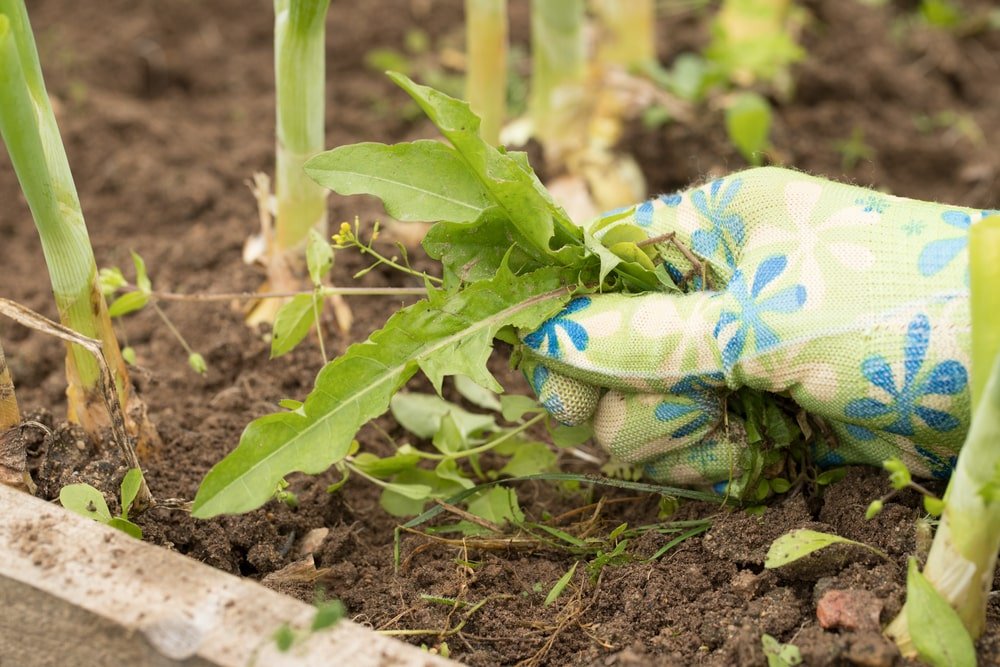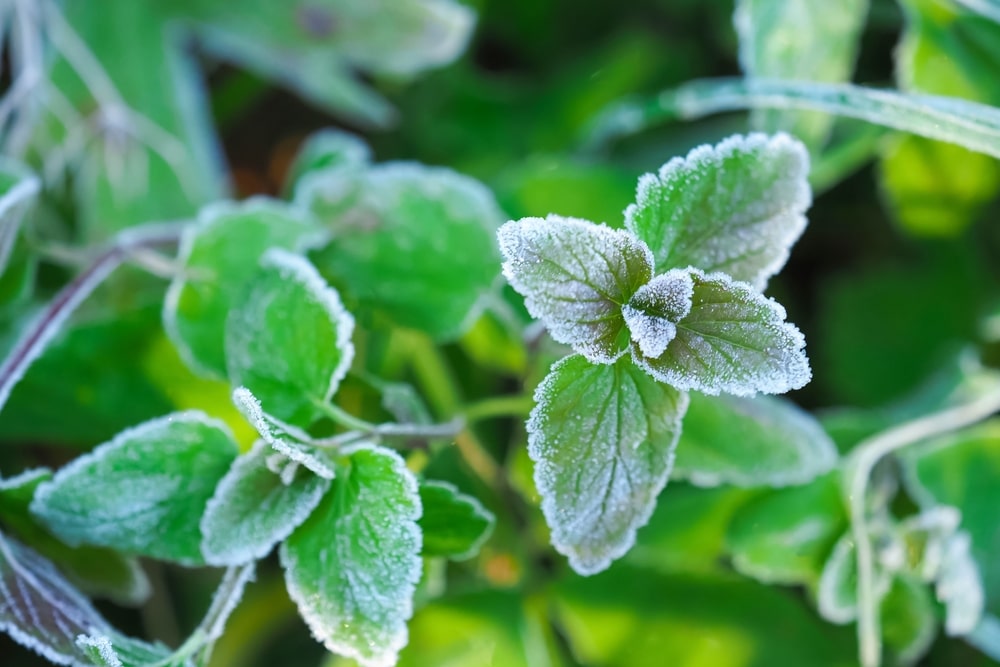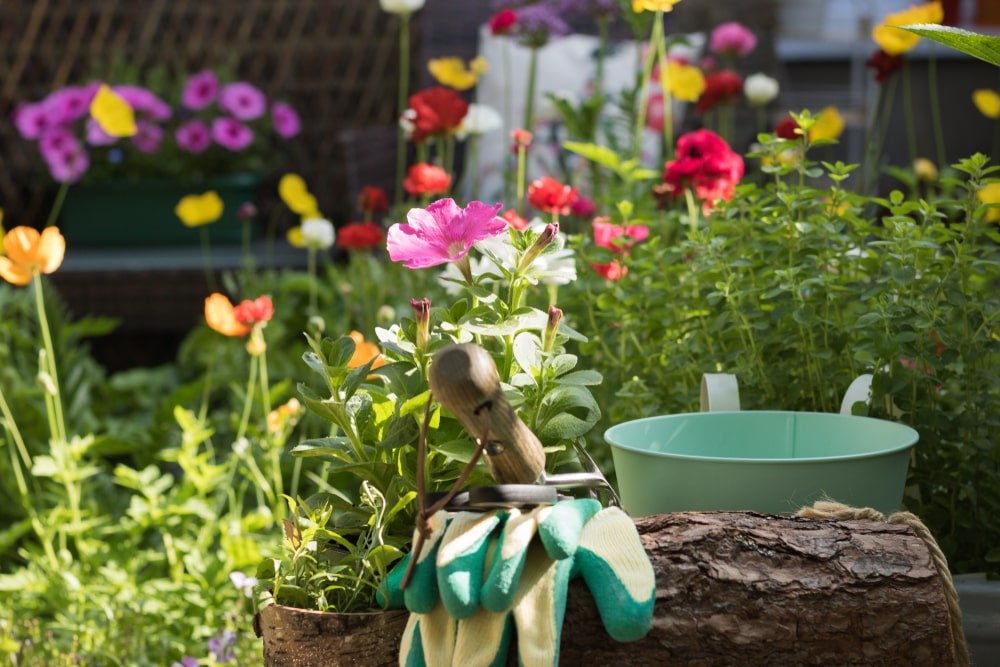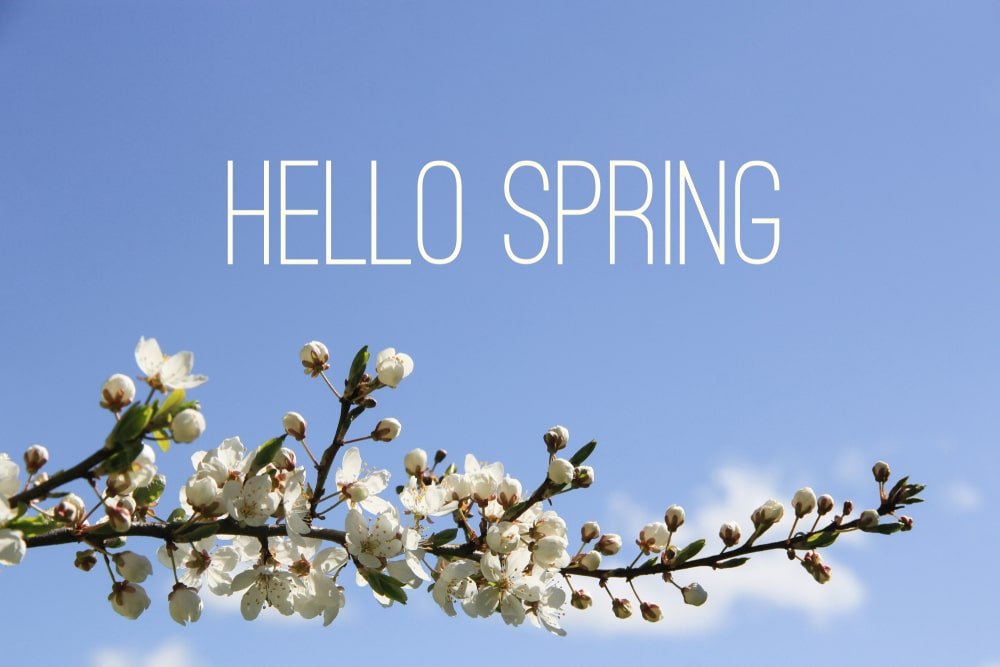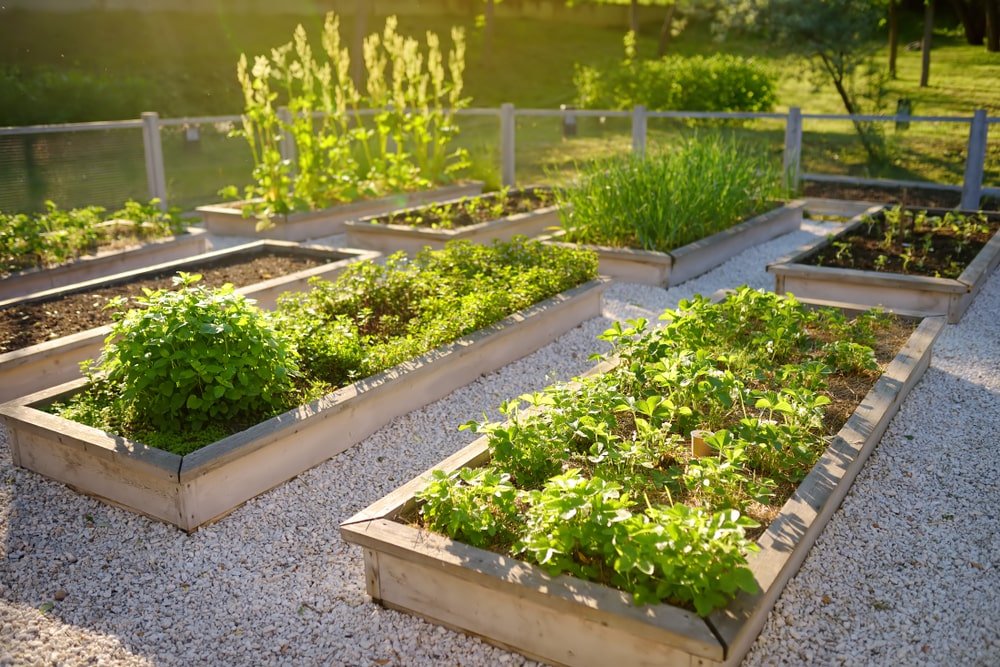How Weeds Threaten Your Plants and Simple Ways to Fight Back
One of the most important things we can do in our gardens is to keep weeds out of our garden beds. Weeds can crowd plants and force them to compete for water and nutrients. When a plant is “fighting” to stay alive, they have less energy to put towards things like growing and blooming. Weeds … Read more

